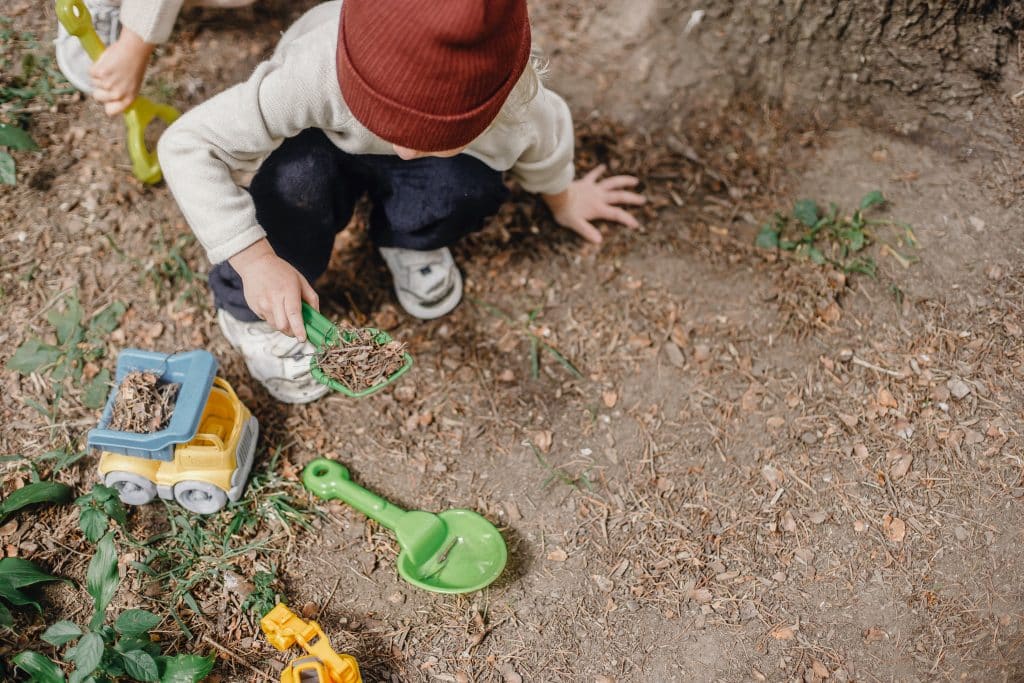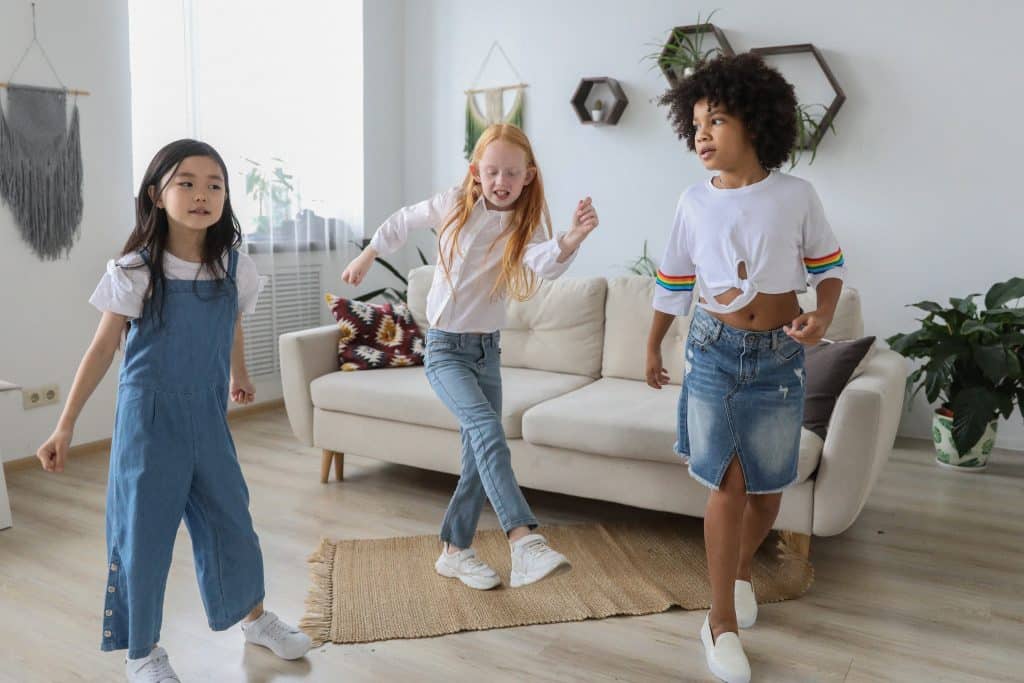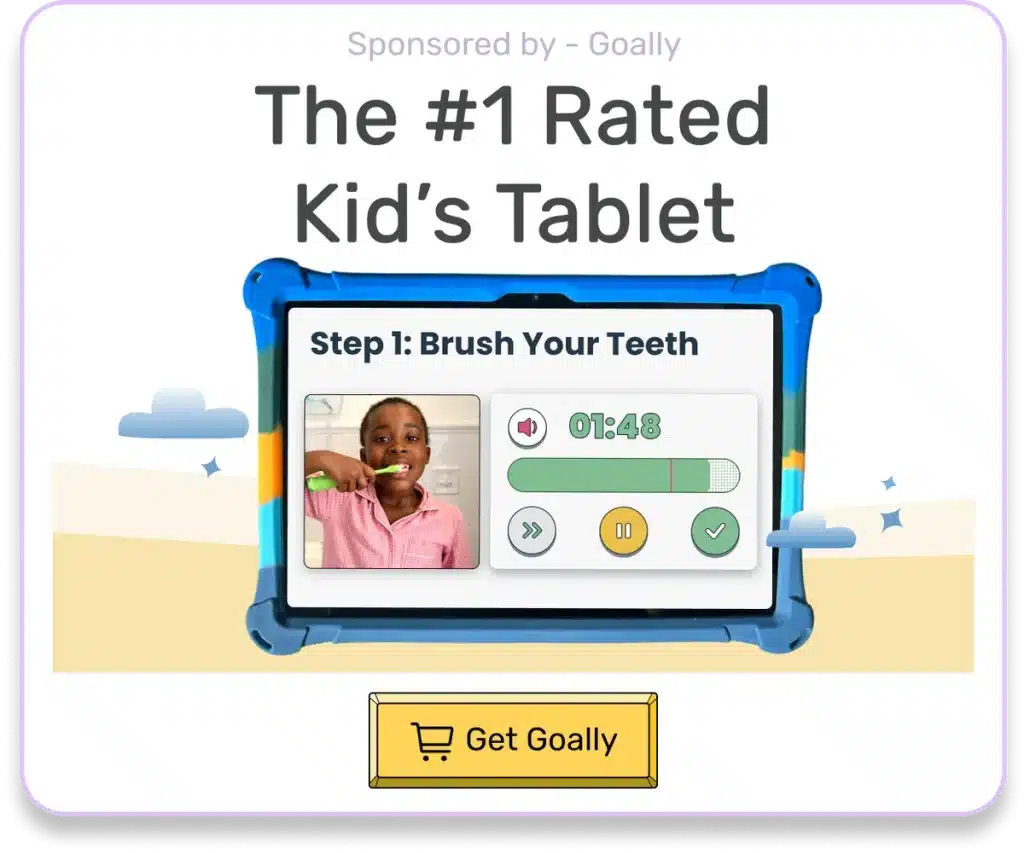As a parent, when you see some unusual behaviors from your child, you might wonder if they are showing mild ADHD symptoms. But how can you tell if your child is just being a normal energetic kid or if there’s something more going on? In this blog post, we’ll help you understand the signs of mild ADHD and give you the tools to support your child’s unique needs. By the end, you’ll know how to help your neurodivergent kid shine.
Table of Contents
What Mild ADHD Symptoms Look Like in Kids
Attention Deficit Hyperactivity Disorder (ADHD) is a condition that affects how kids think and act. It can make it hard for them to pay attention, sit still, or think before they act. Some kids have more severe symptoms, while others have milder ones. Here are some common mild ADHD symptoms to watch for:
- Having trouble focusing on tasks or activities
- Getting distracted easily
- Forgetting things often
- Daydreaming a lot
- Struggling to organize tasks and belongings
- Fidgeting or squirming when sitting
- Making decisions without thinking them through
- Interrupting others during conversations

It’s important to remember that every child is different, and these symptoms can vary from one child to another. Some kids might show only a few of these signs, while others might have more noticeable symptoms. The key is to observe your child’s behavior over time and see if there’s a consistent pattern that might indicate mild ADHD.
Different Types of ADHD
ADHD can look different in different kids. There are three main types of ADHD:
- Inattentive type: Kids with this type have trouble focusing and paying attention. They might struggle to follow instructions or finish tasks.
- Hyperactive-impulsive type: Children with this type are very energetic and act without thinking. They might have a hard time sitting still or waiting their turn.
- Combined type: This is the most common type of ADHD. It includes symptoms from both inattentive and hyperactive-impulsive types.
When you’re looking for mild ADHD symptoms in your child, it’s important to think about these different types and how they might show up in your child’s behavior. Keep in mind that some kids might not fit neatly into one category, and their symptoms could change over time.

Getting Help for Mild ADHD Symptoms
These professionals can help unravel whether it’s truly ADHD causing your child’s unique behaviors, or if there’s another underlying reason. Early intervention for children experiencing thinking and learning differences can be a game changer, so don’t hesitate to seek guidance.
When you sit down with these pros, they’ll probably want to know the nitty-gritty details about your child’s behavior. They’ll be curious about their conduct at home, in school, and in other environments. They may even want a word with your child’s teachers or other caregivers. Why? Because they want to paint a comprehensive picture of your child’s behavior. This information gives them the ability to diagnose whether it’s mild ADHD driving your child’s actions or if there’s a different story beneath the surface. Remember, you’re not alone in this journey – with a bit of expert advice and understanding, you can better navigate the world of ADHD.
Build Custom Printable Visual Schedules
Is your child having trouble managing their routines? Here’s a free visual schedule builder. Goally’s custom tool allows you to create printable personalized schedules that motivate your child to focus on their tasks. Perfect for morning, homework, and bedtime routines, this free visual schedule builder is easy to use and will help your child reach their full potential.
Click below to make your CUSTOM printable visual schedule! 👇
Treatment Options for Kids with Mild ADHD
There are many ways to help kids with mild ADHD symptoms. Some options include:
- Behavioral therapy: This helps kids learn ways to manage their symptoms and do better in daily life.
- Parent training: Parents can learn how to help their child and handle difficult behaviors.
- Medication: Sometimes, medicine can help manage symptoms. But this should be decided with a doctor and based on your child’s needs.
- Support at school: Schools can give extra help to kids with ADHD so they can do well in class.
It’s important to work closely with your child’s healthcare team to find the best treatment plan for their specific needs. Remember that what works for one child might not work for another, so be patient and open to trying different approaches until you find the right fit for your child.

Helping Your Neurodivergent Kid at Home
You play a big role in helping your child with mild ADHD symptoms. Here are some things you can do at home:
- Make a routine: Having a regular schedule can help your child feel more focused and secure.
- Break tasks into smaller steps: This can make tasks less overwhelming for your child.
- Use visual aids: Charts or lists can help your child stay organized and remember what to do.
- Encourage exercise: Physical activity can help improve focus and reduce extra energy in kids with ADHD.
- Be patient: Remember that your child’s behaviors are not on purpose, and they may need extra support from you.
In addition to these strategies, it’s important to create a supportive environment at home where your child feels understood and accepted. Encourage open communication and let your child know that you’re there to help them navigate their challenges. Celebrate their successes, no matter how small, and remind them that they are loved and valued for who they are.
Try Goally For Your Child With ADHD
Goally helps kids with ADHD stay focused and build skills. Unlike a Kindle or an iPad that kids get easily distracted on, Goally has no YouTube, no social media, no web browser, and especially no ads.
Goally uses game play as a points-based motivator for your kiddo with ADHD and helps them learn emotional regulation skills. It’s simple to set up and has an expert-informed design.

Embracing Your Child’s Unique Needs
Knowing the signs of mild ADHD symptoms is the first step in helping your child. By understanding the different types of ADHD, getting expert help, and using strategies at home, you can help your neurodivergent kid reach their full potential. Every child is special, and supporting their individual needs is the key to helping them grow and succeed.
FAQs About Mild ADHD
What are some common mild ADHD symptoms in children? Common symptoms of mild ADHD in children can include slight forgetfulness, mild impulsivity, and a bit of difficulty with focus and attention.
How can parents spot mild ADHD symptoms at home? Parents might notice mild ADHD symptoms like their child being easily distracted, forgetting daily tasks, or having slight trouble following instructions that require planning or executing a sequence of steps.
Can visual schedules help children with mild ADHD symptoms? Absolutely, visual schedules can be effective in helping children with mild ADHD symptoms. They provide structure and routine, which can reduce forgetfulness and improve focus.
How can early detection of mild ADHD symptoms benefit my child? Early detection of mild ADHD symptoms allows for intervention strategies to be implemented sooner. This can provide your child with the tools they need to better navigate their learning and social environments.
What role do emotional regulation apps play for children with mild ADHD symptoms? Emotional regulation apps can support children with mild ADHD symptoms by providing strategies and exercises that can help them handle their emotions more effectively.
This post was originally published on April 25, 2023. It was updated on June 12, 2023.

Goally
We help parents teach their kids life skills, like doing bedtime and morning independently. Backed by science, we incorporate evidence-based practices and expert-informed designs in all of our apps and content.







